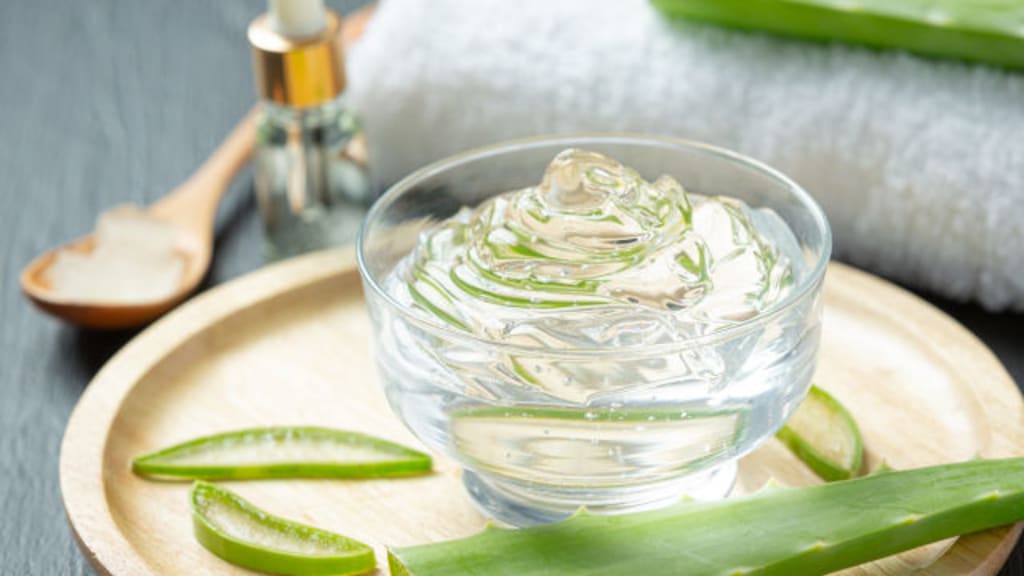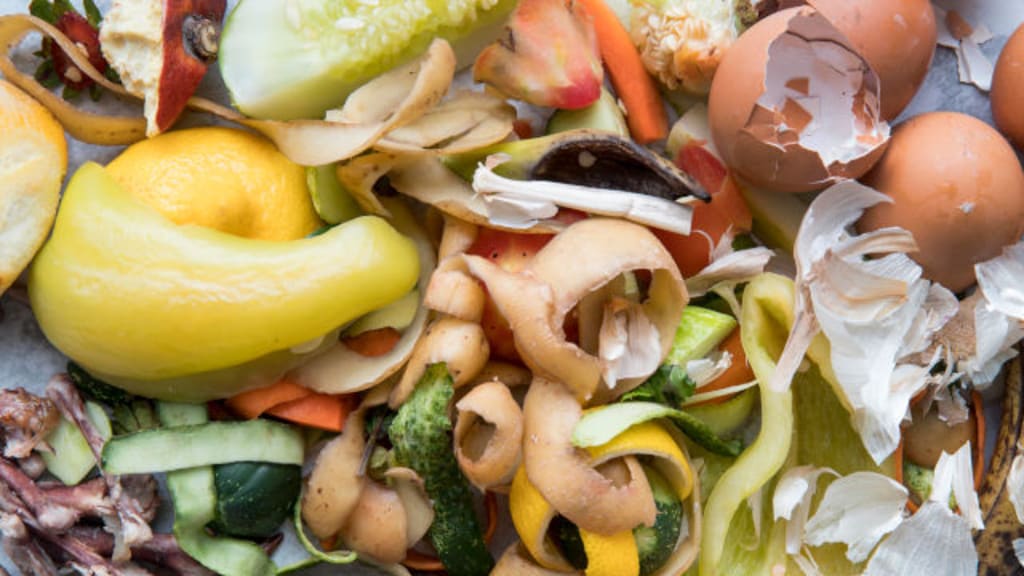
A major portion of landfills consist of food waste that can be used as raw material in new ventures. Delicious pineapples usually produce a large quantity of waste as only about half of the fruit is edible. The rest that are left to rot in landfills produce huge amounts of greenhouse gas such as methane. This pineapple waste is an underutilised potential.
-
Drinks: The peel and outer layer of the pineapple that is usually thrown out can be used to make soft drinks. There are various recipes available online.
-
Soft Drink
- Clean the pineapple peel thoroughly.
- Boil the peel after soaking it in water overnight, and filter out the juice which is full of antioxidants and vitamins.
- For a more flavourful drink,
- Boil the peels with fresh turmeric and freshly grated ginger and filter out the juice.
- Add lime juice for taste.
- Dissolve brown sugar into the juice.
-
Pineapple skin drink:
- Peels of 2 pineapples
- ½ cup white vinegar
- 1 cup brown sugar
- Ginger and turmeric
- 3 limes
Method
- Remove skin of two pineapples , add it to a bowl and cover with water
- Add white vinegar, wash and drain the water
- Add the scraps to a pot along with chopped ginger and turmeric and boil for 40 minutes
- Strain the juice into a vessel
- Add brown sugar and squeeze the lime juice
- Once cooled , pour the mixture into a reusable bottle
-
Cocktail syrup: make a tropical cocktail syrup using pineapple rind and lime zest.
- Place pineapple scraps together with the strips of lime zest.
- Cover scraps with demerara sugar, mix, cover, and let sit at room temperature for up to 8 hours, stirring or shaking occasionally, until all the sugar is dissolved.
- Using a fine mesh strainer, strain out the syrup into another container. Press the pineapple chunks gently to get remaining syrup.
- Add a splash of Wheyward Spirit to extend shelf-life and store in a closed container in the fridge for up to 3 weeks.
- This syrup adds the perfect fruity, tropical flair to some of our favourite cocktails.
-
-
Pineapple Rind Tea: create the anti-inflammatory tea use pineapple peel and core as follows
- Chop the cleaned pineapple rind and core into small pieces and bring it to boil with water.
- Simmer for about an hour with crushed ginger and grated turmeric.
- Strain the tea
- Add some honey to taste
- Add some lime juice (optional)
- Drink it warm or cold.
-
Pineapple fried rice: use finely chopped pineapple core in fried rice for added flavour.
-
Cleaning solution: The inedible portions of pineapples are fermented to form a biodegradable cleaning solution.
- Mix using the ratio 3 parts of pineapple scraps, one part brown sugar and 10 parts of water.
- Stir and leave the mixture in huge barrels.
- Stir the mixture every day for three months.
- The fermented liquid should then be passed through a sieve to filter out the clear liquid. This has naturally occurring enzymes which cleans better than chemicals.
- The cleaning solution that can be as effective as bleach without any ill effects of chemical cleaners.
- Leftover solids can be used as fertiliser
- You can add coconut oil, corn oil and other essential oils to the detergent.
- Eco friendly clothing: After the pineapples are harvested, fibre from the leaves and stem can be extracted and used for making leather and yarn. Steps of preparation of clothes from pineapple waste includes the following steps
- Retting, which involves immersing the pineapple leaves in water to soften the plant gums
- Decortication, which involves stripping the leaves of their outer layers
- Scraping the fibres from the leaves by hand
- Washing the bundle of cellulosic strands at a nearby river and hanging them to dry
- Waxing the fibres to remove any entanglements
- Knotting the fibres to form a continuous filament
- Pineapple fabric is often mixed with silk or polyester to make scarves or garments. It’s also used in fashion, accessories, and upholstery. Some brands that use pineapple fabric include Nike, Hugo Boss, H&M
-
Fertiliser: The leftover biomass from stripped pineapple leaves can be used as a nutrient-rich natural fertiliser after composting or in preparation of biofuel.
- Pineapples contain nutrients such as phosphorus and zinc and adding to compost increases the presence of fungi, actinomycetes and good bacteria.
- Pineapple skins are great for acid-loving plans such as corn, cucumbers, turnips, squash, azaleas and hydrangeas.
- Homemade Fertiliser
- Chop pineapple skin into small pieces and put them into an airtight glass container
- Add water and close the container
- Leave the mixture for a week
- Open the container, stir well
- Filter out the solids from the mixture. Use the liquid part for plants while the solid waste can be added to your compost.
- Or Add both the solid and liquid parts to your compost.
-
Biofuel: Countries that use burning garbage for electricity production can use leftover pineapple waste that has gone through some processing.
-
Cattle feed: Pineapple waste being palatable due to the high moisture and soluble carbohydrate content can be used as animal foodstock. However, due to acidic pH, cattle prefer fermented pineapple waste over the fresh pineapple waste.Read more on about using pineapple waste as animal feedstock.
-
Disposable plates: The pineapple wastes can also be used in making disposable plates and cups. Leftover paper also gets recycled during the process. 34. The pineapple wastes which are grind up into pulp are mixed with the recycled paper crumbs to make new thick paper products. 35. Seeds can also be infused into the disposable paper products, ensuring that even after disposal the cutlery aids the environment by giving rise to new plants.
Disclaimer
This post may contain affiliate links which means we may receive a commission at no extra cost to you should you click through and make a purchase.
Note: please check the ingredients list of any products that you may wish to try and check for allergies or consult a medical professional for any existing conditions being impacted by switching to new products.
Attribution
Banner Image by senjakelabu29 from PixabayNext

21-11-2023
Aloe vera: Nature's Gift to Eco-Friendly LivingExplore the numerous ways Aloe vera can be your green companion in creating sustainable, eco-friendly products.
